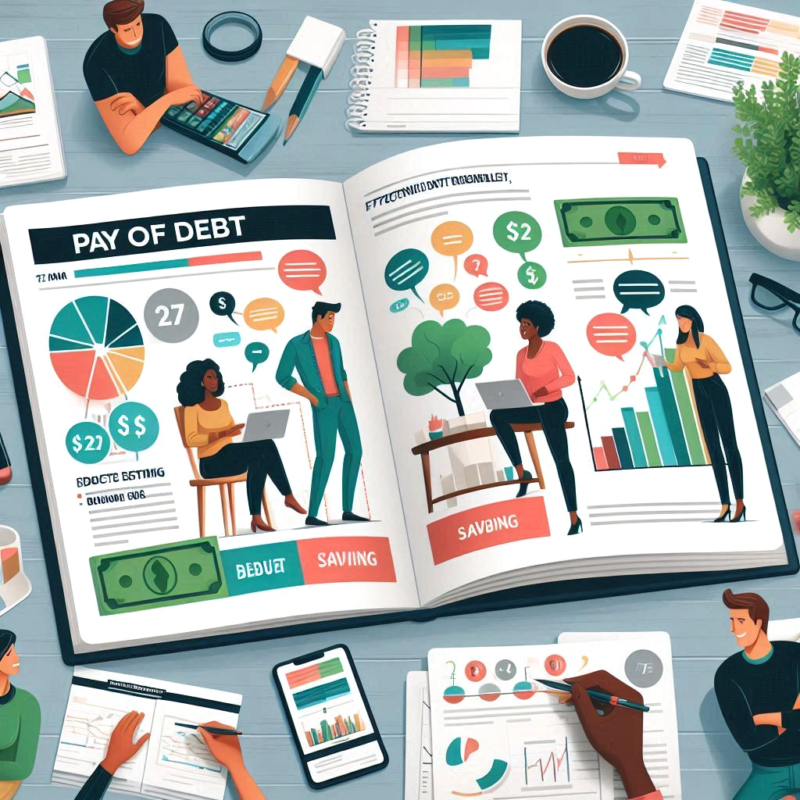How to Pay Off Debt: A Comprehensive Guide

Debt can be overwhelming and stressful, but it doesn’t have to define your financial future. With the right strategies and a solid plan, you can effectively manage and pay off your debt, paving the way to financial freedom and peace of mind. In this comprehensive guide, we will explore practical steps and proven techniques to […]
